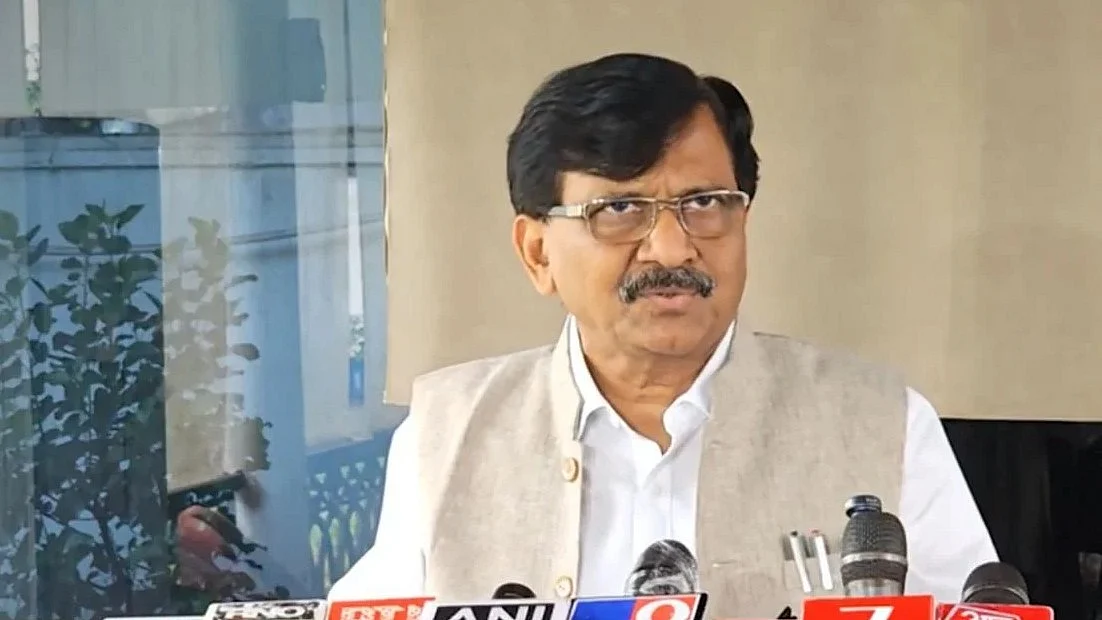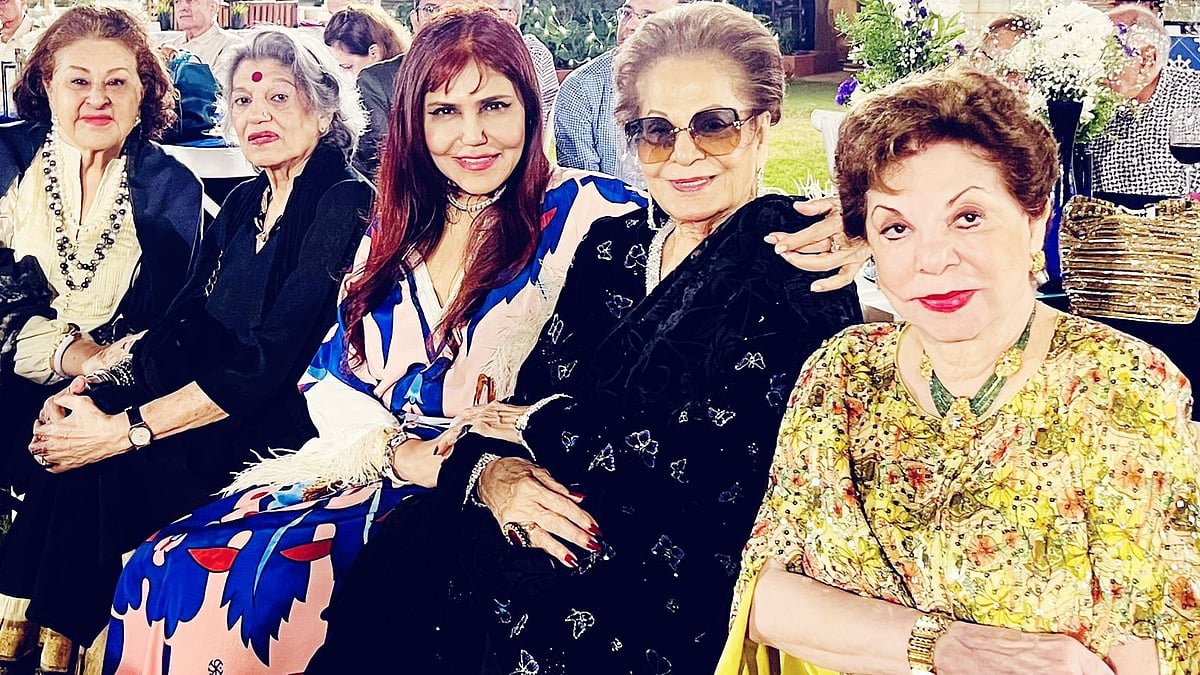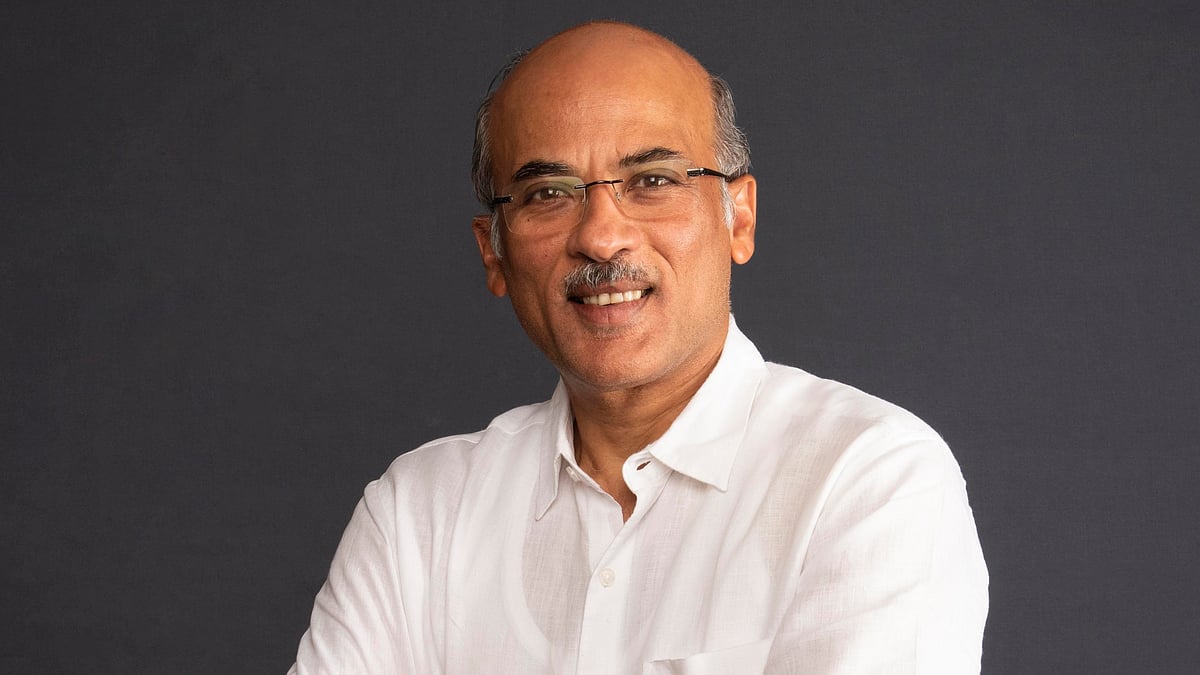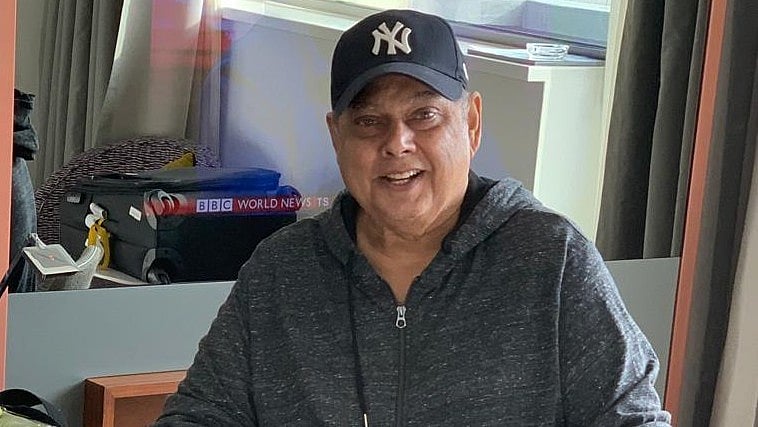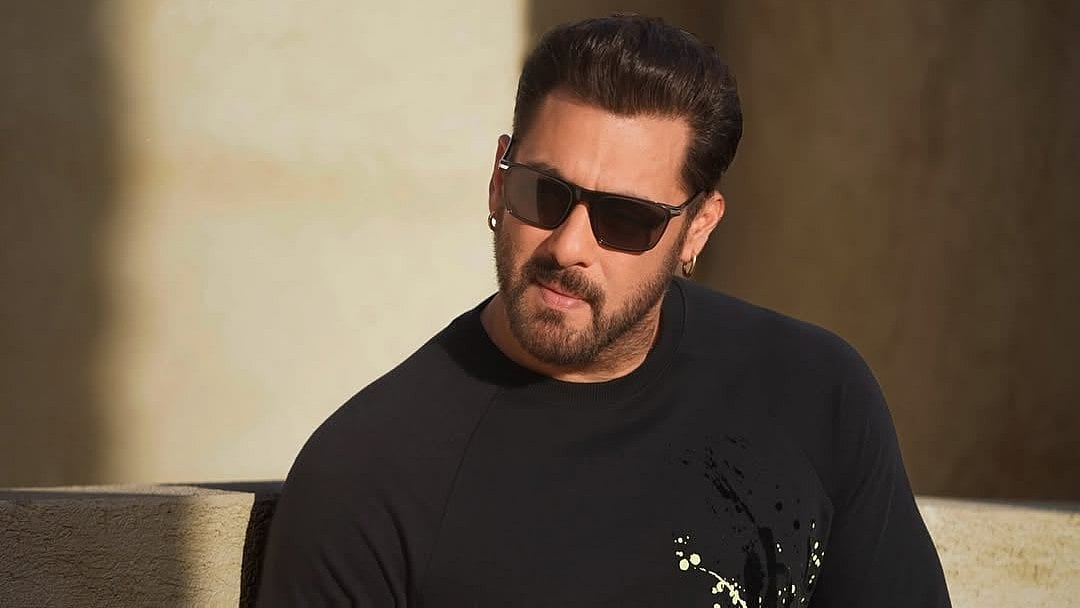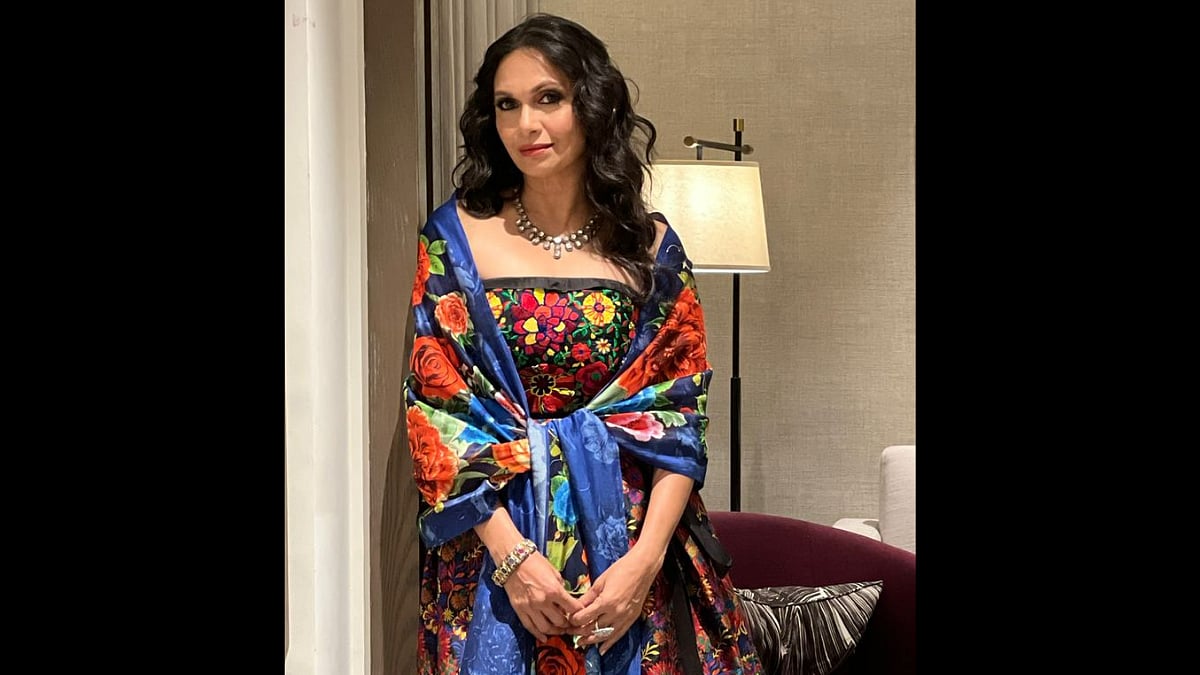Digital art isn’t that new. We have been seeing digital art since 2005. While the commercial market gave some recognition to digital art, in the fine arts market it has been severely underestimated and undervalued.
For the last few years, thanks to NFT, digital art has become the buzzword. NFTs have simply redefined digital art. “This is a trend in the industry that is here to stay. Non-fungible tokens or NFTs provide creative professionals including artists, musicians, and photographers digital security. Not just that it also provides them with a platform to profit from their work. Crypto-collectables or NFTs whatever you may call them function as legal contracts or agreements traded over the blockchain. This digital authentication lets the creators protect their work, sell and resell,” said Mark Stephan, Co-Founder of the International Community for Preservation of Arts, who helps local artists understand the value of their rights.
How NFTs redefined digital art
Digital art is the creation that uses digital technology as a part of the process of being created. For example, photographs, animation, digital paintings, and videos are digital art. The problem with digital platforms was public exposure, which often negated the rights of the creators. Anybody could reproduce the original art and there would be no owner. With the use of NFTs, these arts are no longer being reproduced and the absolute ownership stays with the person who first created it.
For each image or photograph or painting, an NFT is created. A blockchain, for example, Ethereum, can on any given day figure out who owns that said art - the same way blockchains track ownership of crypto coins.
Ownership remains with artists
Unlike regular artworks, owning an NFT will not give the buyer a copyright of the image. There is nothing like absolute art ownership, which has kept the world of art limited to certain audiences. Rather, other people can access the same art digitally and make copies of the same.
NFT is the same way a certification for original work of art functions. So with NFT, you do not have a copyright but definitely a certification of authenticity to the painting.

“Well, this might sound a little odd. But the fact is NFT is democratizing art. Many small-scale artists who make up about 70% of the art world can now earn from buying and rebuying. Not all arts sell for a million dollars. NFT art is the definitive future of how art will be bought and sold in the future,” added Stephan.
NFT art marketplace
“The Covid and lockdowns were the major reasons why art exhibitions had stopped and artists and buyers took to the online marketplace. And this is where people started understanding the importance of art in the digital space,” said Stephan.
Here are a few leading digital marketplaces for art:
OpenSea: Termed the largest NFT marketplace at the moment. You can buy all kinds of assets like collectables and artwork.
SuperRare: An NFT marketplace focused on digital artwork. There are several options like smart contracts which help the artists get paid every time the art gets resold.
Art in Metaverse
While NFT is establishing the dominance of the artists in the art market over the curators, the metaverse is a treat for art connoisseurs. Metaverse art is the new medium where art and technology co-habit for a better purpose. With VR headsets, artists can now create visual magic in art.
“Metaverse gives you a wide space to experiment. Since we are longer limited to paint and brush, the opportunity is endless. I can play with a million colours, yet stick to my aesthetic. With VRs, art enthusiasts can look at our creations from a different perspective,” said Sujoy Bramha, an artist whose VR art has recently been displayed in Geneva.

Future of art
The way technology is advancing, art too will see a tectonic shift. “You cannot stop technology. It has entered every sphere of our life. Hence, art cannot be an exception. It is also a good sign that artists are accepting technology and so are the audiences. Art for the longest time was limited to a small audience. The artists who aren’t a brand had difficulties making ends meet. But with technology intervening that should be answered,” said Birmingham-based artist Shoaib Ali.



